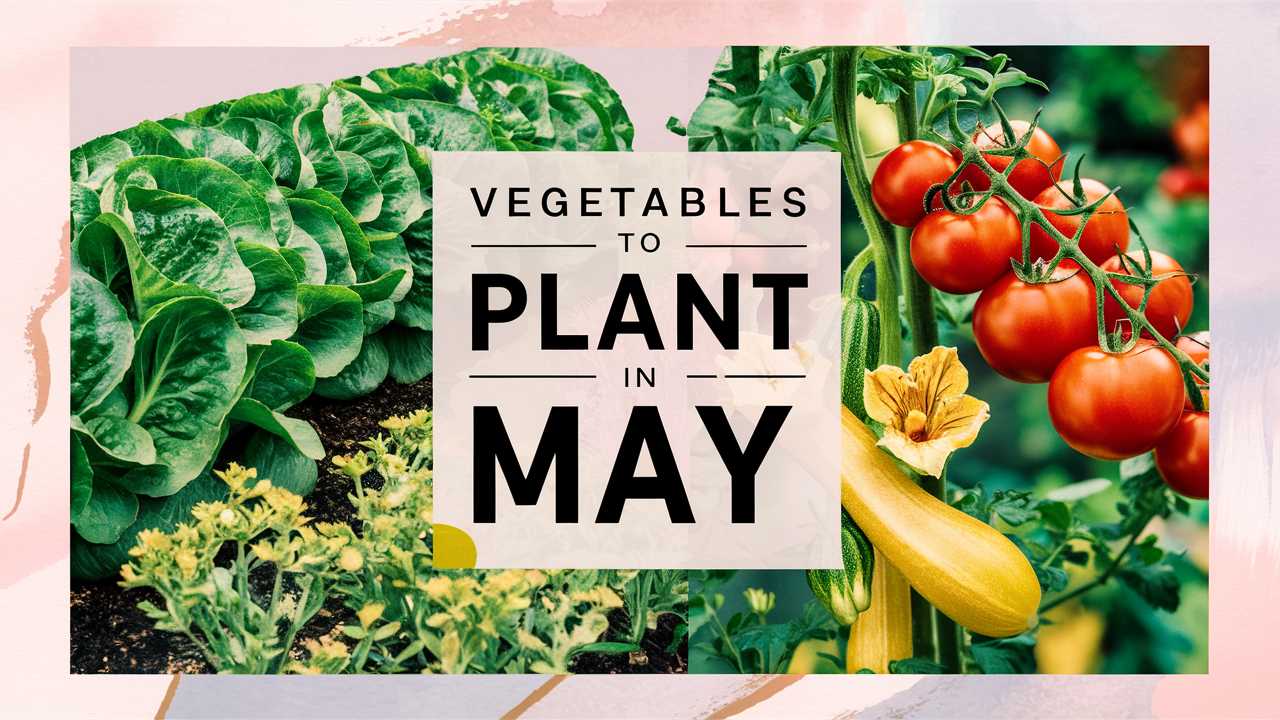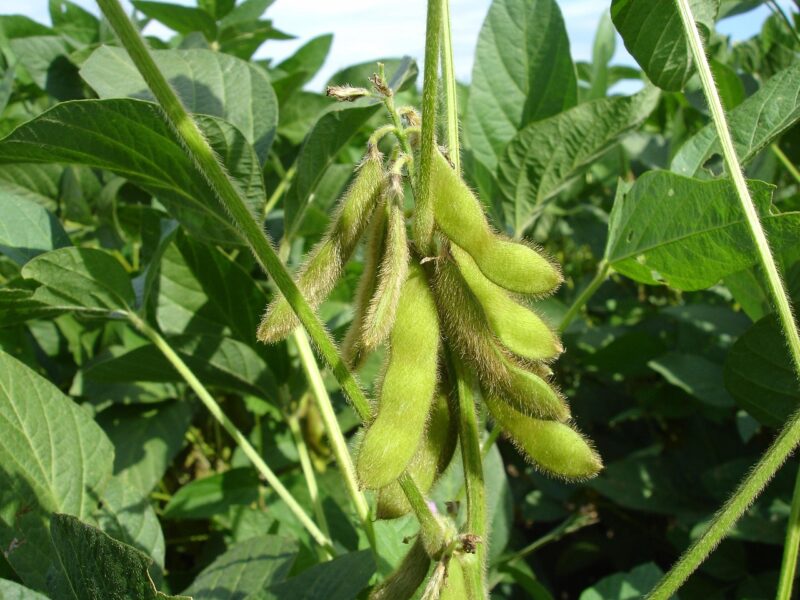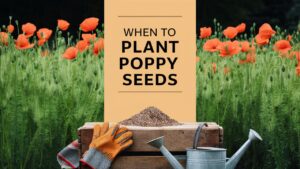May is a vibrant month in the gardening calendar, marking the transition into warmer weather and extended daylight that awakens both the earth and our gardening ambitions. It’s a time when our gardens can bloom with life, offering a bounty of fresh produce.
If you’re looking to get your hands dirty and cultivate some delicious veggies, this guide will introduce you to vegetables that thrive when planted in May.
Beans
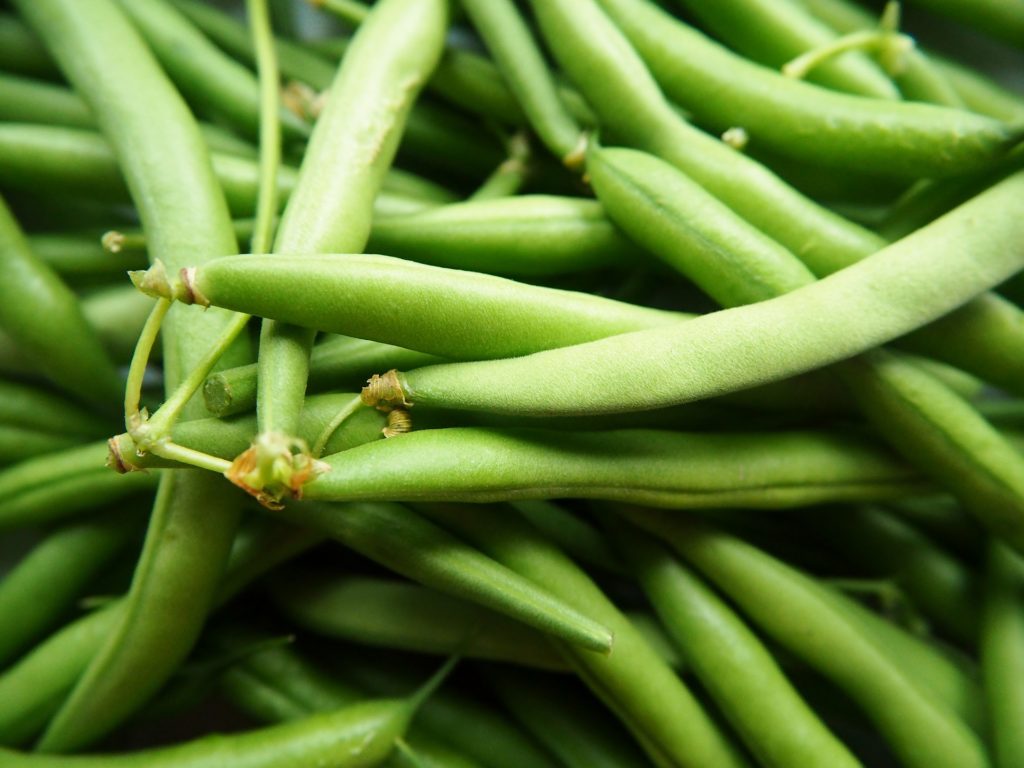
Beans are marvelous companions in any garden, and May is the quintessential month to plant them. Varieties like bush beans and pole beans do exceptionally well in warm soil. The risk of frost has largely passed, making it an ideal time to sow.
Planting beans is as easy as it gets; they prefer well-drained soil enriched with compost. Ensure you provide them with enough sunlight (six to eight hours a day) and keep the soil moist but not soggy. Beans are not just great for eating; they also fix nitrogen in the soil, improving its fertility, which can benefit subsequent crops. You can expect to harvest your first batch of beans within 50 to 60 days, providing a quick reward for your gardening efforts.
Beets
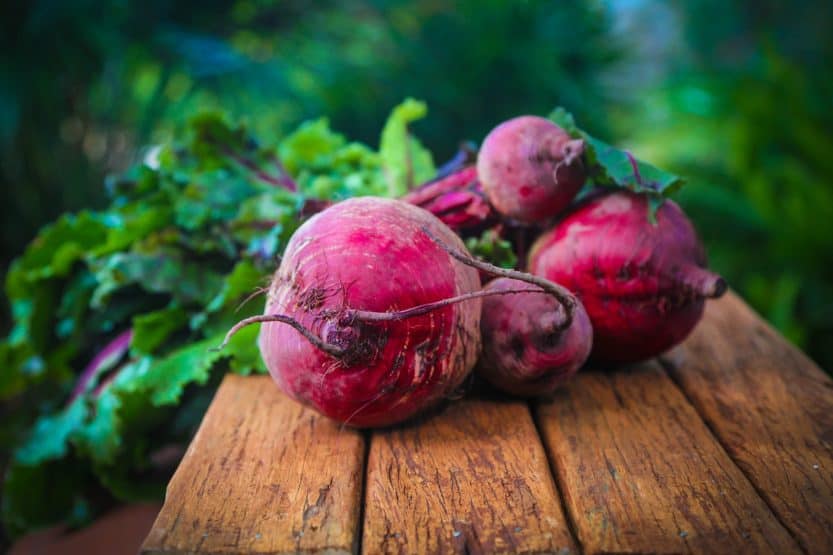
Rich in nutrients and flavor, beets are a fantastic vegetable to plant in May. As a cooler-season crop, they thrive in the spring’s mild temperatures. Beets can be sown directly into the ground, where they will germinate quickly.
This vegetable prefers loose, well-draining soil to encourage healthy root development. Consider a slightly acidic to neutral pH for optimal growth. One of the great benefits of planting beets is that every part is edible; the greens can be harvested for salads while the roots mature for harvesting later in the season. When grown side by side with other crops like onions or garlic, beets can deter pests, making your overall garden healthier.
Broccoli
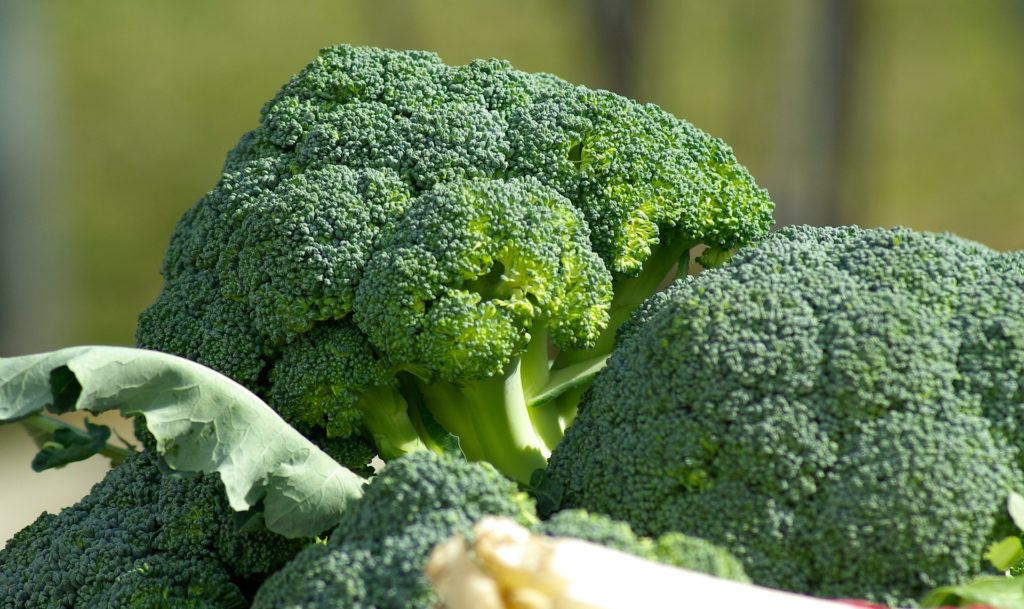
Broccoli is a nutrient-dense vegetable that grows beautifully when planted in May. This early summer crop loves cooler temperatures, making May a delightful time to sow seedlings or initiate direct seeding in the garden.
When cultivating broccoli, opt for rich, well-draining soil and full sunlight for the best results. Be diligent with watering, especially as the plant matures; consistent moisture can prevent problems like premature flowering or stunted growth. It’s beneficial to accompany broccoli with companion plants like celery or potato, which can help deter pests naturally. Harvest when the heads are tight and firm, and enjoy the freshest taste imaginable.
Cabbage
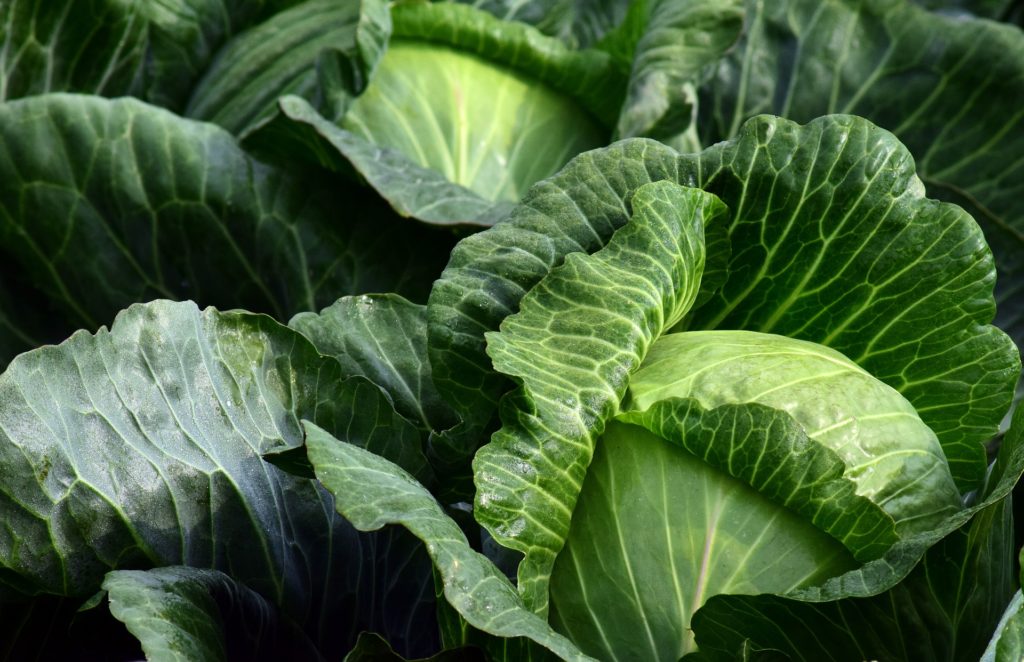
If you’re looking for a vegetable that packs a punch in flavor and nutrition, consider cabbage. May is perfect for starting cabbage seedlings outdoors. Cabbage requires fertile ground and cool weather to develop a firm heart, so timing is crucial.
The soil should be rich and moist, with a slightly acidic pH. You can choose from a variety of types, including green, red, and Savoy cabbage. Cabbage is known for its companionship with plants like onions and herbs, which can help deter cabbage worms. Once the heads reach a satisfactory size, cut them just above the stem for the freshest use in your salads, slaws, or cooked dishes.
Cauliflowers
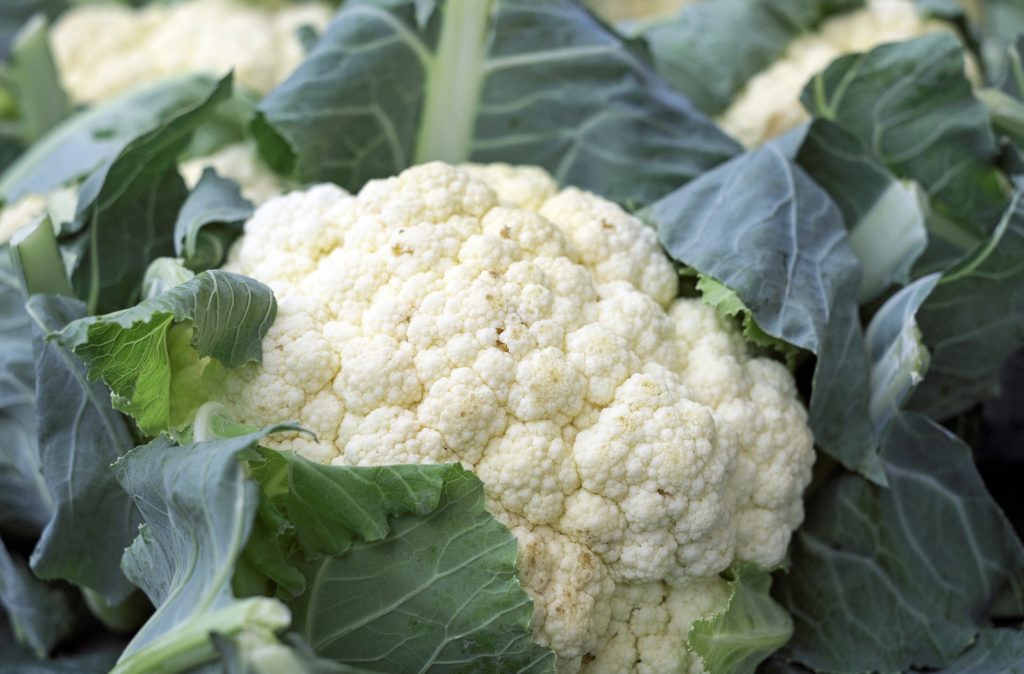
Cauliflower, like broccoli, is another cold-tolerant vegetable that flourishes when planted in May. For a successful crop, begin by growing seedlings indoors, then transplant once the danger of frost has cleared.
This vegetable craves consistent moisture and prefers well-draining, nutrient-rich soil. Ensure you’re keeping it shaded during the hottest parts of the day, as scorching heat can inhibit its growth. An excellent way to promote healthy development is to provide a layer of mulch around the base to maintain soil moisture. The excitement of a freshly harvested cauliflower can be summed up in its versatility—great in stir-fries, soups, and even as a fantastic low-carb rice substitute.
Corn
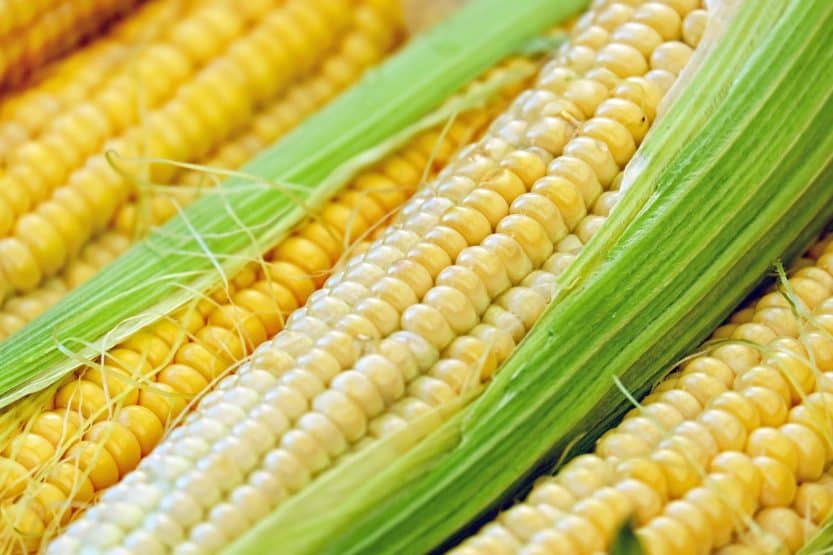
May is the time to plant corn, sometimes affectionately called the “king of the garden”. This warm-weather crop thrives in the sun and significantly benefits from being planted in blocks rather than rows, as it requires wind for pollination.
Corn generally prefers well-drained soil with a pH of 5.8 to 7.0. Remember to keep the soil consistently moist, especially once the seedlings are established. Corn can be a space hog, so be mindful of your garden layout, allowing room for growth. In approximately 60 to 100 days, those sunny, golden ears will be ready for harvesting, bringing sweetness to your summer barbecues.
Cucumbers
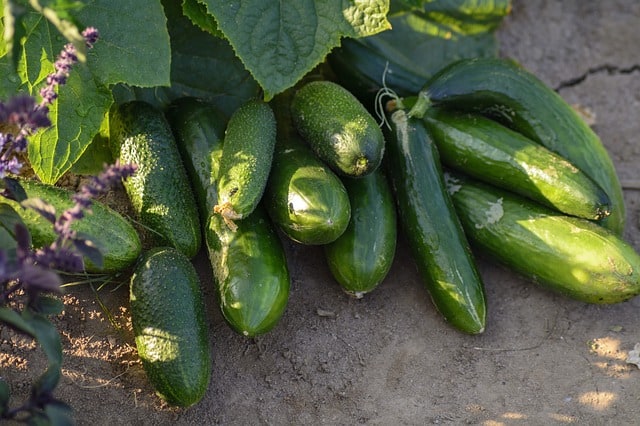
May marks the beginning of cucumber planting season, and these refreshing vegetables are perfect for your summer crops. Cucumbers thrive in warm soil and require ample sunshine, transforming your garden into a refreshing space.
Plant them in well-draining soil, ensuring that you provide strong support such as trellises if you’re opting for vining varieties. Doing so will maximize space and air circulation, reducing the risk of mildew. Cucumbers love regular watering but ensure the plants aren’t left standing in waterlogged soil. In about 50 to 70 days, you’ll be enjoying crisp pickles and lively salads.
Dill
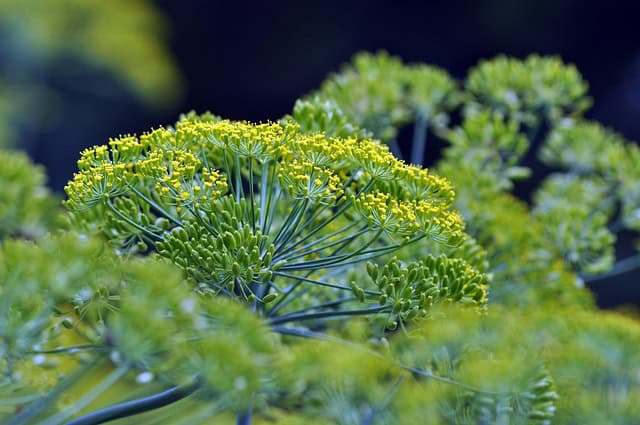
Though it may not be a traditional vegetable, dill deserves a spot in your May planting plan. Its fragrant foliage adds flavor and personality to culinary creations and pairs beautifully with a variety of vegetables.
Dill prefers well-draining soil and full sun while being somewhat tolerant of drought. Consider interspersing it with your vegetable plants; it can be a great companion for beets and cabbage, as it attracts beneficial insects while repelling harmful pests. As an annual herb, dill can be harvested continuously as the plant grows, and its delicate fronds can elevate any dish with their unique flavor profile.
Edamame
For those seeking something a bit different, edamame is an excellent selection to plant in May. This young soybean is not only delicious and nutritious but also an entertaining addition to dinner parties and family meals.
Plant edamame in a sunny spot with loose, well-draining soil. Like corn, edamame prefers to be sown in blocks to facilitate better pollination. Keeping your plants well-watered is crucial, especially on hotter days. Within 80 to 90 days, you can start harvesting these tender green pods—simply boil and toss with a little sea salt for a delightful, healthy snack.
Eggplant
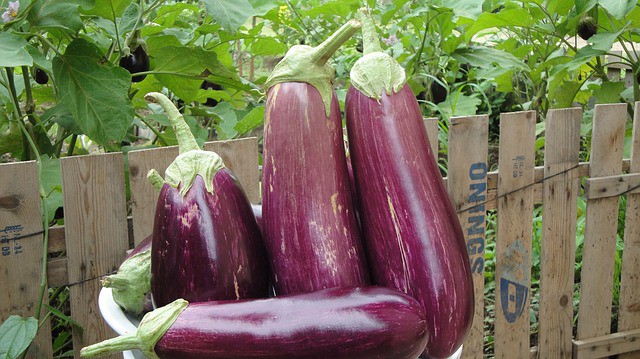
Another fun choice for May planting is eggplant, a stunningly colored vegetable beloved in various cuisines. Eggplants grow best in warm soil, making the warm days of May ideal for their development.
You’ll want to start with rich, moist soil; a good amount of organic mulching can help retain moisture and keep the soil temperature consistent. Eggplants generally thrive with at least six hours of sunlight a day. When planning your garden layout, consider companion planting with peppers and tomatoes, which can help deter pests. The real reward lies in the harvest: with varieties ranging from deep purple to striking white, they not only taste good but also add aesthetic appeal to your garden.
Ginger
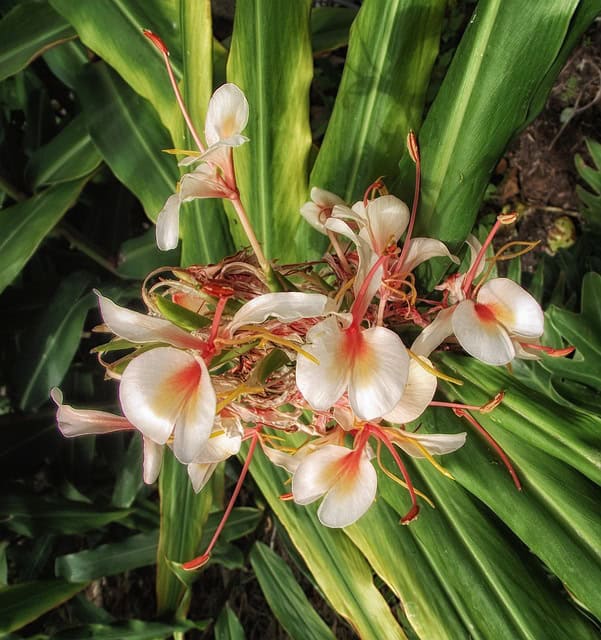
If you’re aiming to go beyond traditional garden fare, consider planting ginger in May. Although it’s technically a tropical plant, ginger can be grown in many regions as an annual crop if you provide a warm microclimate.
Plant ginger rhizomes in well-draining, fertile soil with plenty of moisture. It enjoys dappled sunlight, so consider positioning it where it can receive light but not direct scorching sun. Patience is key with ginger—you generally can begin to harvest young shoots after about five to six months, but for a full mature root, you may wait up to eight months, revealing aromatic treasures for your culinary adventures.
Green Beans

Not to be confused with standard beans, green beans are equally delightful to grow in May. These tender, warm-loving plants can be direct-seeded into your garden once the soil warms up.
Green beans need fertile, well-draining soil and a sunny spot to flourish. Regularly watering them helps ensure a solid harvest; the plants tend to produce flowers that transform into edible pods in approximately 55 to 70 days. Their natural vine growth makes them excellent for trellising, allowing you to save space while adding green beauty to your garden. Enjoy them fresh, steamed, or in casseroles all season long.
Green Onion
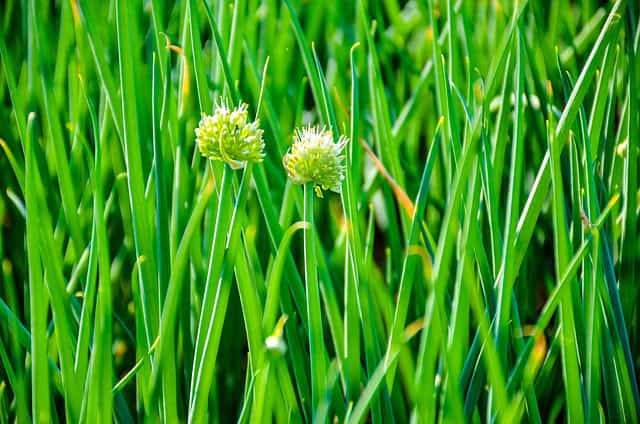
An easy and versatile crop, green onions can be sown in May and are perfect for new or experienced gardeners. You can start them from seed directly in the ground or plant sets or even purchase bulbs to begin with.
These mild little onions don’t require deep soil; they thrive in almost any garden setting, requiring just full sun and consistent moisture. The bonus here? You can snip greens as they grow and let the bulbs mature in the ground or harvest them young for a milder flavor. Their mild taste lends itself beautifully to salads, soups, and garnishes, making them invaluable in your kitchen.
Herbs
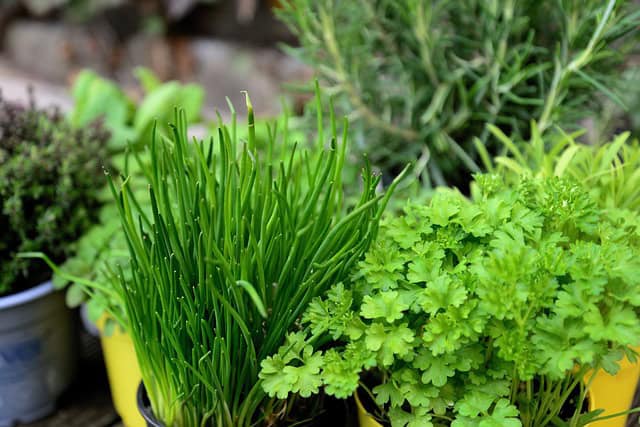
Herbs are essential in any garden and, when planted in May, can flourish throughout the season. Whether you’re growing basil, parsley, cilantro, or mint, herbs transform simple dishes into culinary masterpieces.
When planting herbs, ensure they receive adequate sunlight and are spaced out correctly for optimal growth. As most herbs love well-draining soil, consider infusing it with organic matter to boost fertility. The joy of fresh herbs brings not only flavor to your table but also creates a fragrant, inviting atmosphere in your garden. You can enjoy the excitement of harvesting all summer long by regularly trimming them back to encourage bushier growth.
Lettuce
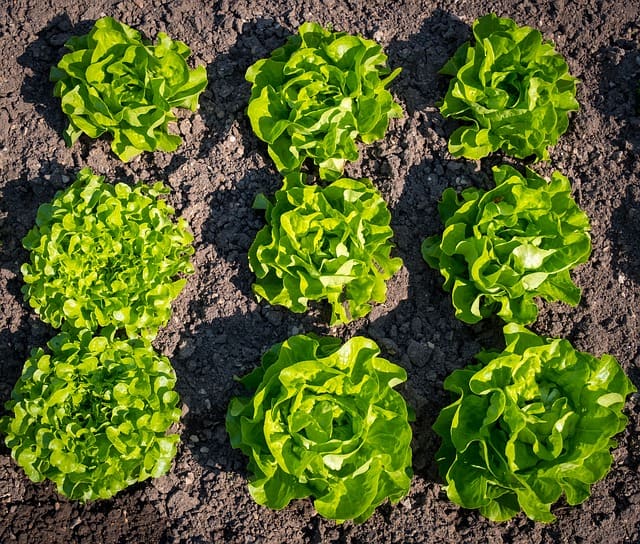
Lettuce is a fast-growing, cool-weather crop that thrives in the mild temperatures of May. With its numerous varieties, such as romaine, iceberg, and butterhead, you can enjoy a diverse range of flavors and textures from your garden.
For successful lettuce cultivation, choose a location that receives partial shade, as cooler conditions help prevent bitterness and bolting. Loose, well-draining soil enriched with compost is ideal for lettuce to grow quickly. Sowing seeds every couple of weeks throughout May can ensure a continuous harvest. Keep the soil consistently moist, and watch as your garden beds transform into lush patches of green, ready for salads, sandwiches, and wraps.
Melons
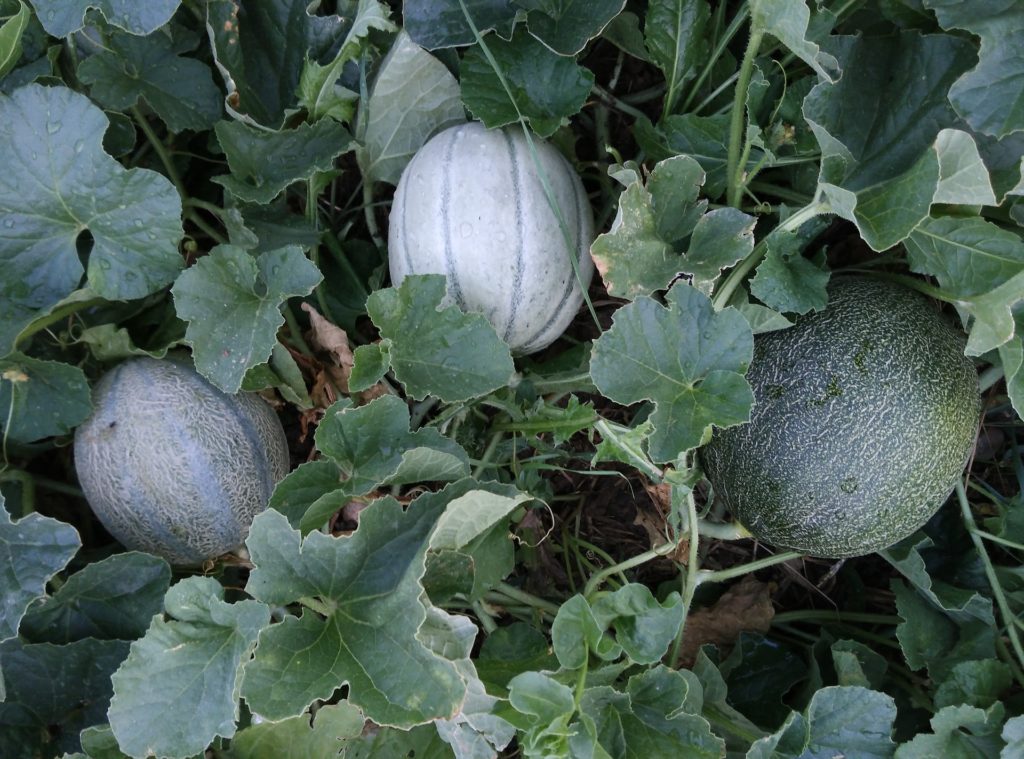
May is the perfect time to plant melons, such as cantaloupes and watermelons, in warmer climates. These delicious fruits thrive in full sun and respond well to warm soil, making them a delightful addition to your summer garden.
To plant melons, select a sunny spot with well-draining, fertile soil. Melon seeds can be sown directly into the ground once the soil temperature reaches at least 70°F. Space the seeds about 2-3 feet apart to allow for sprawling vines. Regular watering is key, especially during fruit development, to prevent the melons from becoming tough. As you delight in the sweet, juicy rewards of your labor, you’ll appreciate the care and attention that went into growing these summer fruits.
Okra
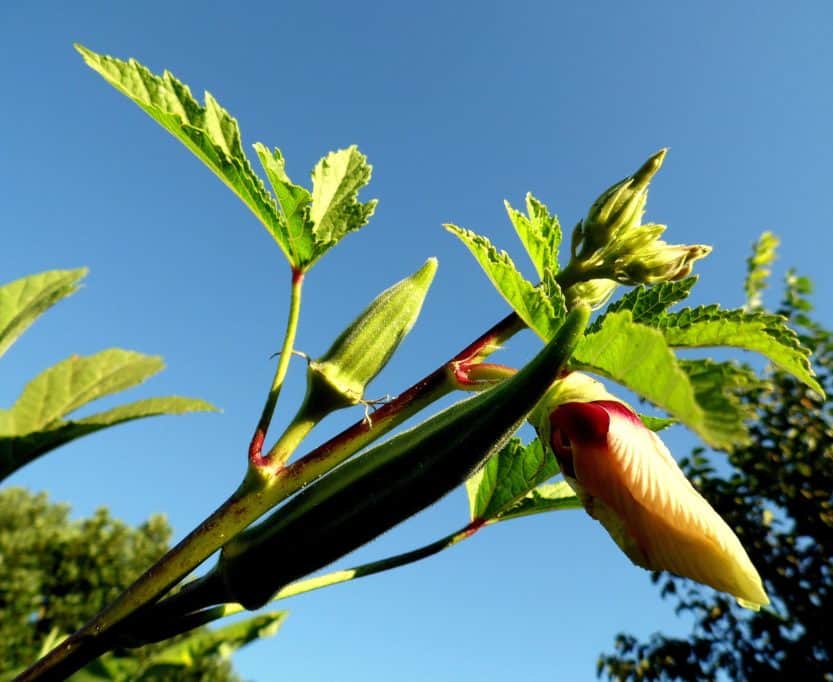
If you’re looking to add a unique vegetable to your garden, consider planting okra in May. This warmth-loving crop thrives in the heat and can produce abundantly throughout the summer.
Okra requires full sun and well-draining soil enriched with organic matter for optimal growth. Plant okra seeds directly into the soil once it has warmed, spacing them about 12-18 inches apart. Consistent watering is essential for healthy plants, particularly during dry spells. As pods begin to form, harvest them promptly when they are young and tender for the best flavor. Enjoy okra fried, in gumbo, or add it to vegetable medleys for a distinctive twist.
Parsley
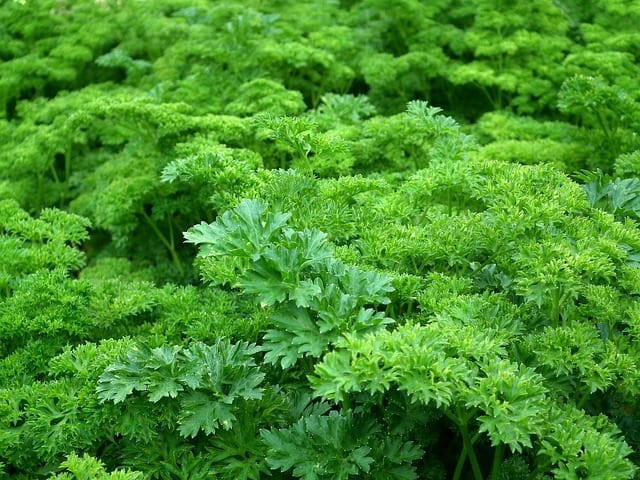
Parsley is an essential culinary herb that flourishes when planted in May. Recognized for its vibrant green leaves and versatility, this herb can elevate a wide array of dishes.
Plant parsley in well-draining soil and provide it with ample sunlight—around six hours a day is ideal. This herb can be started from seeds or purchased as seedlings. If planting from seed, remember that germination can be slow, so patience is crucial. Keep the soil consistently moist but avoid overwatering. Regular harvesting encourages new growth, allowing you to enjoy fresh parsley throughout the growing season. Whether used as a garnish or a primary flavor in dishes, parsley adds fresh brightness to your meals.
Parsnips

Parsnips are a hardy root vegetable that benefits from the cooler temperatures of May for planting. They are known for their sweet, nutty flavor, especially after exposure to frost, making them an excellent choice for fall harvests.
When planting parsnips, ensure the soil is deep, loose, and free from rocks to allow for straightforward root development. Sow seeds directly into the ground, spacing them about 6-8 inches apart. Regular watering and weeding are essential to help them establish. Given their long growing season, you can expect to harvest parsnips later in the year, usually around fall, when their flavor has fully developed. They’re delicious roasted, mashed, or used in soups, bringing a delightful sweetness to your table.
Peppers

May is an exciting month to plant peppers, including bell peppers, jalapeños, and serranos. These colorful vegetables thrive in warm weather and are perfect for adding flavor and zest to your meals.
Choose a sunny location with well-draining soil rich in organic matter to ensure healthy growth. Plant seedlings or seeds when the soil temperature reaches around 70°F. Consistent watering is vital during the growing season, particularly when the fruit begins to set. It’s best to stake or caging your pepper plants to provide support as they grow. As you enjoy the fruits of your labor, you’ll appreciate how diverse and versatile peppers can be in your cooking, from salads to salsas.
Potatoes
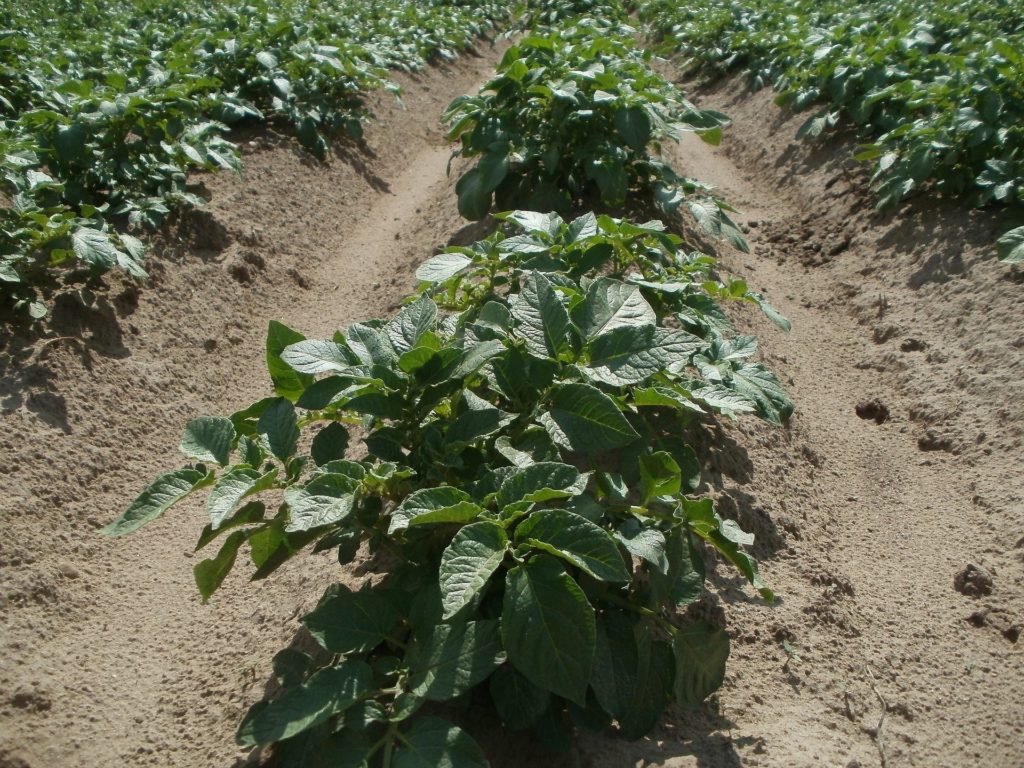
May is an excellent time to plant potatoes, as they thrive in the spring soil conditions. Potatoes are a rewarding crop that can provide a significant yield, making them suitable for any garden size.
To grow potatoes, start with certified seed potatoes and plant them in loose, well-draining soil. Choose a location that receives full sun. Plant the seed potatoes about 4 inches deep, with the eyes facing upwards, and space them 12 inches apart. Regular hilling—adding dirt to the base of the plants—encourages more tuber development. Depending on the variety, you can expect to harvest new potatoes in approximately 70 to 90 days. Homegrown potatoes are a delight, whether mashed, roasted, or fried, bringing comfort food to your table.
Squash
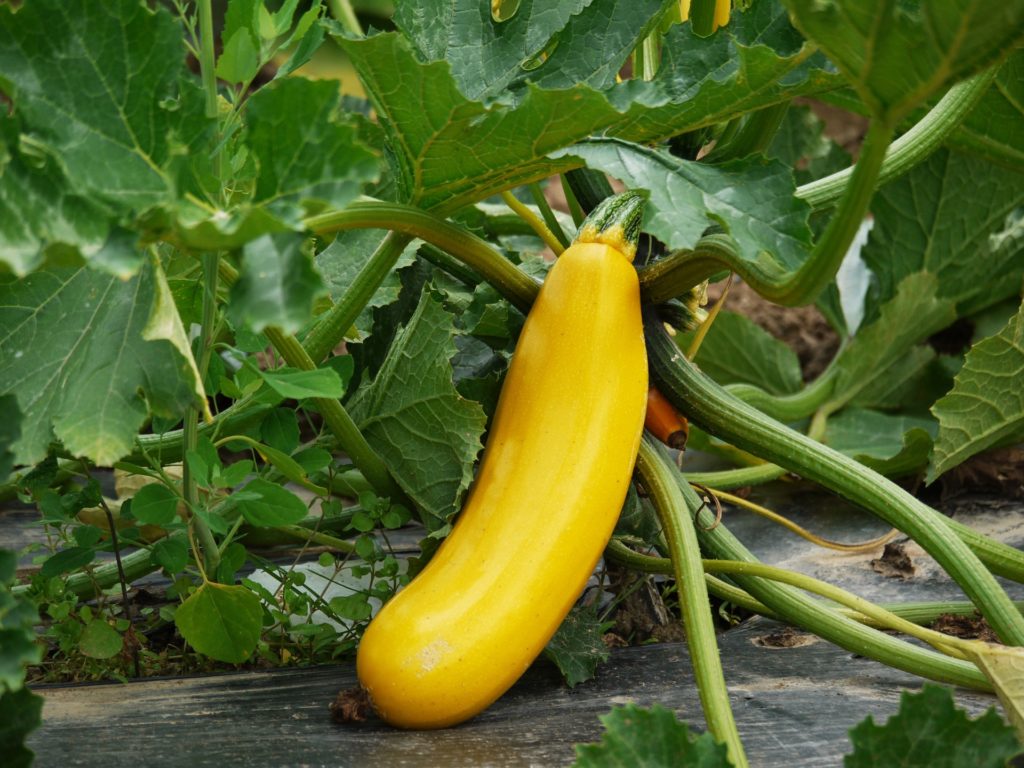
May is prime time for planting various squash types, including zucchini, summer squash, and winter squash. Each variety offers different culinary possibilities, from sautéing to roasting.
When planting squash, choose a sunny location with fertile, well-drained soil. Directly sow seeds into the ground or transplant seedlings after the last frost. Space the seeds or seedlings about 2-3 feet apart, as squash plants tend to spread out. Pay attention to watering, especially during hot spells, to keep the plants healthy. Harvest summer squash when they are tender and young, while winter squash can remain in the garden longer before harvesting. Whether stuffed, grilled, or roasted, squash is a fantastic addition to your summer meals.
Strawberries
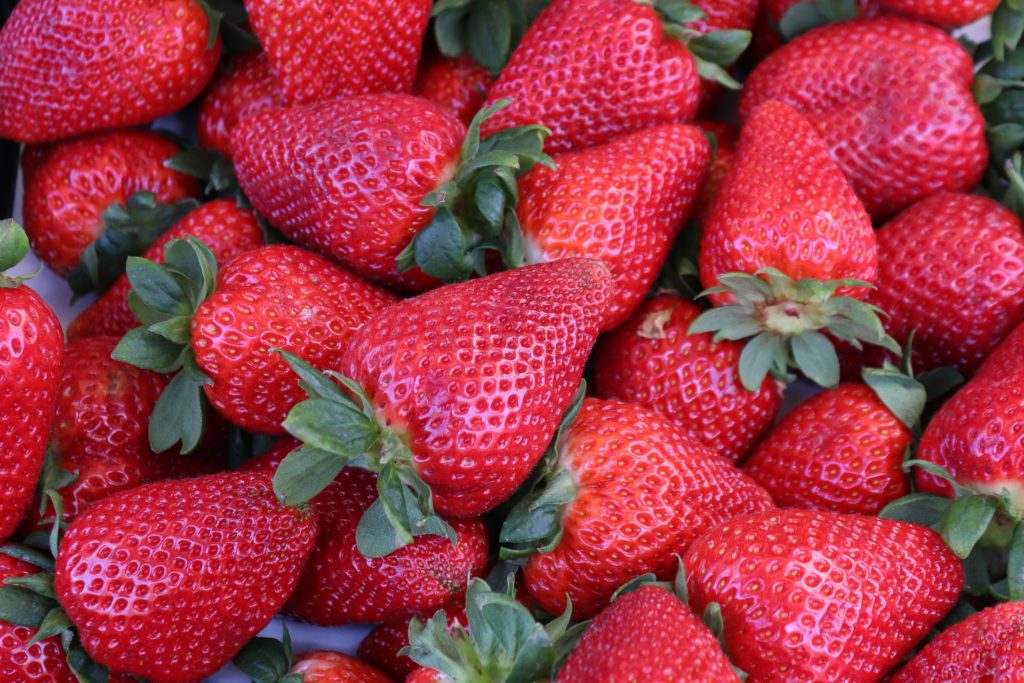
May is the perfect month to plant strawberries and enjoy this beloved fruit throughout the summer. Known for their sweetness, strawberries are a fantastic addition to your garden, providing fresh fruit for desserts, salads, or simply snacking.
Select a sunny location with rich, well-draining soil. Strawberries can be planted as bare-root plants or transplants. Space your strawberry plants about 12-18 inches apart for adequate airflow. Ensure regular watering, especially during dry periods, to keep the plants healthy and productive. With the right care, you can look forward to a bountiful harvest of juicy strawberries that will add sweetness to your life.
Summer Squash
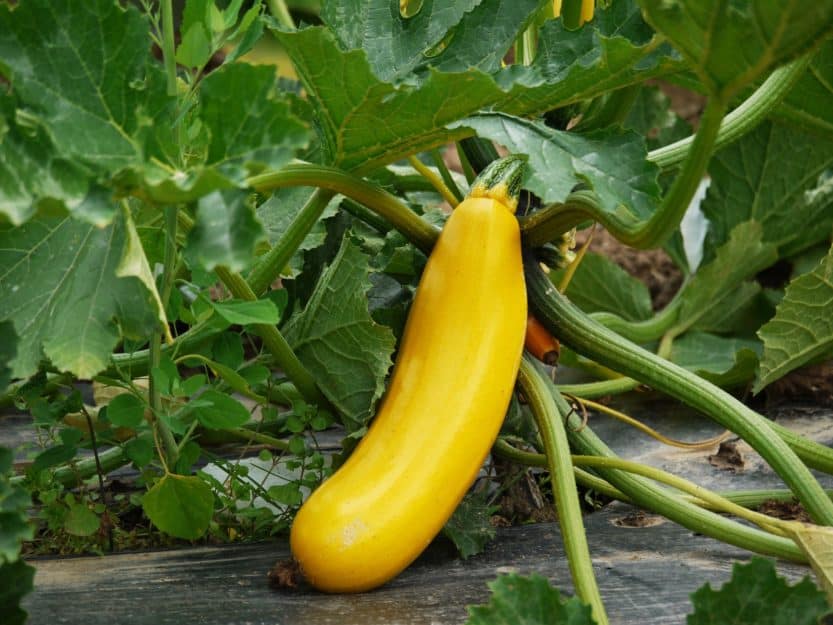
Similar to traditional squash, summer squash, such as zucchini and yellow squash, is best planted in May. This crop thrives in warm temperatures and sunny conditions, providing versatile options for your meals.
For optimal growth, plant summer squash seeds directly in the ground with plenty of space—about 2-3 feet apart, to allow room for sprawling vines. Summer squash grows quickly and requires regular watering, particularly during fruit development. Keep an eye on the harvest; collecting squash while they are still young and tender ensures the best flavor and texture. From ratatouille to stir-fries, summer squash can brighten any dish.
Sweet Potatoes
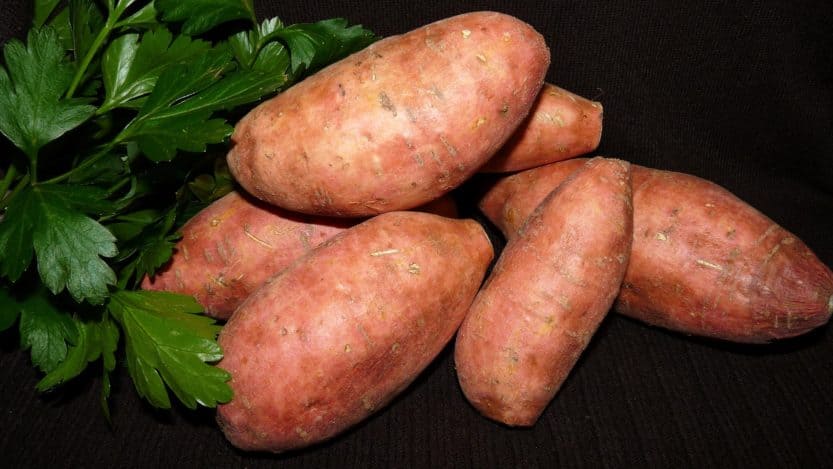
May marks the ideal time to plant sweet potatoes, a staple in many cuisines known for their natural sweetness and high nutritional value. They flourish in warm climates and are relatively easy to grow.
Plant sweet potato slips (young shoots) in a well-draining, fertile location that receives full sun. Space them about 12-18 inches apart, as they will spread out significantly. Regular watering is crucial, especially during their initial growth phase. Sweet potatoes generally require at least 90-120 days to mature; you can harvest them after the foliage begins to yellow. Their sweetness makes them perfect for baking, mashing, or even grilling, offering endless culinary possibilities.
Tomatoes
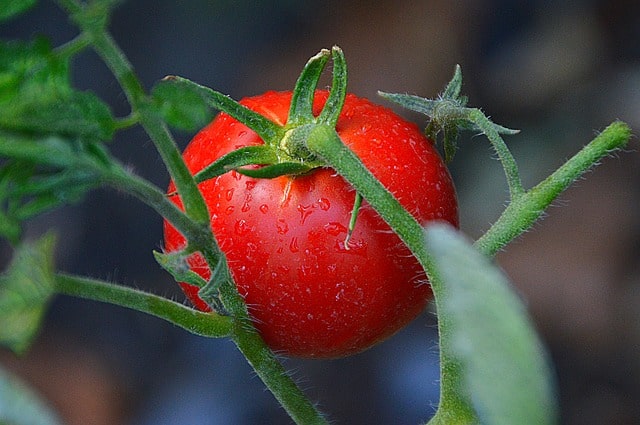
Tomatoes are a favorite for many gardeners, and May is the prime time to plant various varieties. Their vibrant and juicy fruits are perfect for sauces, salads, and sandwiches, making them a staple in many kitchens.
Choose a sunny location with well-drained, nutrient-rich soil. You can start with seeds indoors or purchase seedlings from a nursery. When transplanting, ensure the planting depth covers the bottom leaves, as tomatoes develop roots along the stem. Water tomatoes consistently, especially when the fruits begin to set. Support your plants with cages or stakes to keep them upright. The anticipation of a homegrown tomato, warm from the sun, is an experience you won’t forget.
Winter Squash
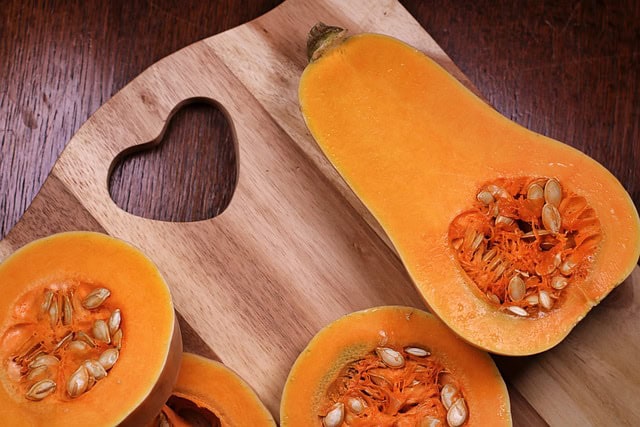
While May may seem early for winter squash, getting them into the ground at this time allows for a longer growing season. Varieties like butternut and acorn squash offer rich flavors that shine in fall and winter meals.
Similar to summer squash, winter squash plants prefer a sunny spot with fertile, well-draining soil. Directly sow seeds or transplant seedlings, ensuring they are spaced appropriately. Winter squash can take longer to mature, so keep an eye on watering and fertilization throughout their growth cycle. Harvest them before the first frost, when the skins harden, ensuring you enjoy their delightful flavors all winter long.
Zucchini
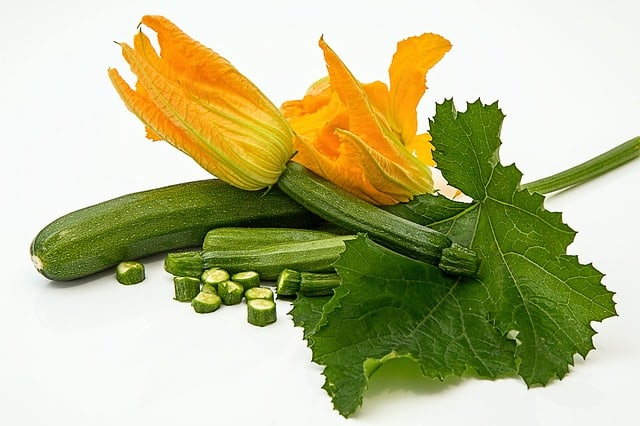
Zucchini is a favorite among gardeners for its prolific production and culinary versatility. By planting zucchini in May, you can enjoy several months of fresh produce.
Plant zucchini seeds directly into well-drained soil in a sunny location, spacing them about 2-3 feet apart. These plants love water, so ensure consistent moisture, particularly during hot spells. It’s essential to harvest zucchini while they are still small and tender to highlight their flavor and tenderness. With proper care, you’ll be inundated with zucchini, perfect for grilling, baking, and adding to various dishes.


